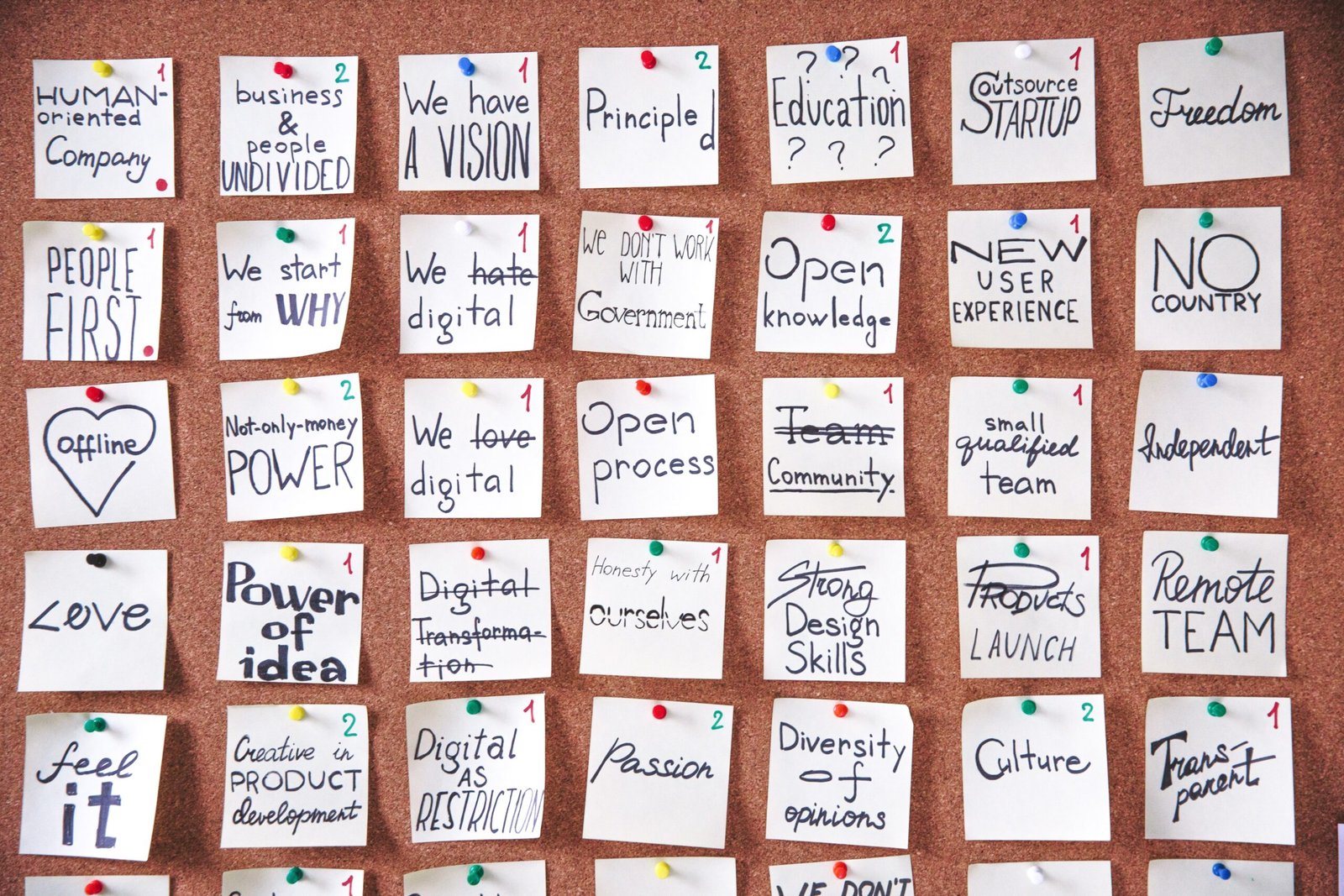When dealing with clients, it’s easy to assume that the most rational approach is always best. But in reality, human behavior isn’t always logical. That’s where behavioral economics comes in. By understanding how people make decisions based on their emotions and biases, you can use different strategies to influence your client’s behavior and increase engagement. Let’s explore how behavioral economics can be used regarding client intake and management.
Nudge Theory
Nudge theory is based on the idea that people often make mistakes when assessing complex decisions or problems. By providing a gentle “nudge” in the right direction, you can help people make better decisions without forcing them into it—or worse, making them feel guilty for not making the correct decision themselves. In other words, if you don’t want your clients to become overwhelmed by complicated paperwork or contracts, you can give them helpful tips or suggestions to help guide their decision-making process. This can be especially effective regarding legal matters or financial advice.
Recommendation: 7 Ways for Lawyers to Measure Client Satisfaction
The Benefits of Framing
Another important concept in behavioral economics is framing. Framing refers to how information is presented, the words used, the visuals used, etc., which can significantly impact how people perceive information and thus make decisions based on it. For example, if you are trying to convince someone to sign up for your services, framing the message in terms of what they will gain by signing up (e.g., peace of mind) rather than what they will lose (e.g., time) could be more effective in getting them onboard quickly and easily.
The Endowment Effect
The endowment effect is the tendency for people to ascribe more value to something simply because they own it. This means that if you give a customer something early in your relationship, such as a sample product, or free consultation, they will be more likely to use (and stay loyal) your services than those who never received anything from you in the first place.
Incentivizing Clients
We’re all human, so we all like incentives! When working with clients, use incentives such as discounts or loyalty rewards programs to keep them engaged and returning for more. Incentives are also great for bringing in new customers; ensure that whatever incentive you offer gives them enough reason to try your services without breaking the bank for either party involved.
Loss Aversion
Loss aversion is the idea that people are more motivated by avoiding losses than gaining gains. This means that when tempted by a potential reward, customers will think twice before taking action; they want to ensure they won’t lose out in any way before committing themselves. To use this principle effectively in client management, offer rewards regarding what customers will gain rather than what they will lose, encouraging them to take action more quickly.
The Need for Speed
It’s no secret that speed matters regarding client intake and management. People don’t want to wait days for an answer when they have a question; they expect prompt responses. But why is this? The answer lies in “loss aversion”—the idea that people tend to be more motivated by the fear of losing than by the potential for gain. When people feel like their time is wasted, they are likelier to abandon a task or move on from a project altogether. This means that if you want your clients to stick around, it’s vital that you respond quickly and demonstrate respect for their time.
Recommendation: 5 Steps for Attorneys to Improve the Client-Lawyer Relationship
The Power of Storytelling
Storytelling is another powerful tool when it comes to managing clients. People love stories because they give them something tangible and relatable; stories allow them to imagine themselves in your shoes as you tell them what happened in a given situation. Stories also bring out emotions; when people feel something, they are more likely to remember what was said or done in the story and thus remember it longer than if they had been presented with facts or figures alone. By leveraging stories within client interactions, you can increase engagement with your audience, build trust between yourself and your clients, and ensure your message resonates even after the conversation has ended.
Default Bias
Lastly, default bias is the tendency to stick with whatever option is presented as a “default” without considering other alternatives. This phenomenon occurs because people are inherently lazy; we often go with whatever option requires the least effort on our part without even bothering to consider any other options that might be available. That said, default bias can be used as an effective tool if used correctly; by presenting one option as default (such as signing up for a free trial period), you can encourage more people to sign up without putting forth too much effort into convincing them otherwise.
Conclusion
Behavioral economics provides insight into why people make certain decisions even when they appear irrational. By applying this knowledge during both the client intake process and ongoing management of those clients, businesses can increase their success rate by better understanding their target audience’s needs and wants. This will also increase customer satisfaction by allowing firms to meet each individual’s unique expectations while still providing exceptional service—it’s a win-win!











